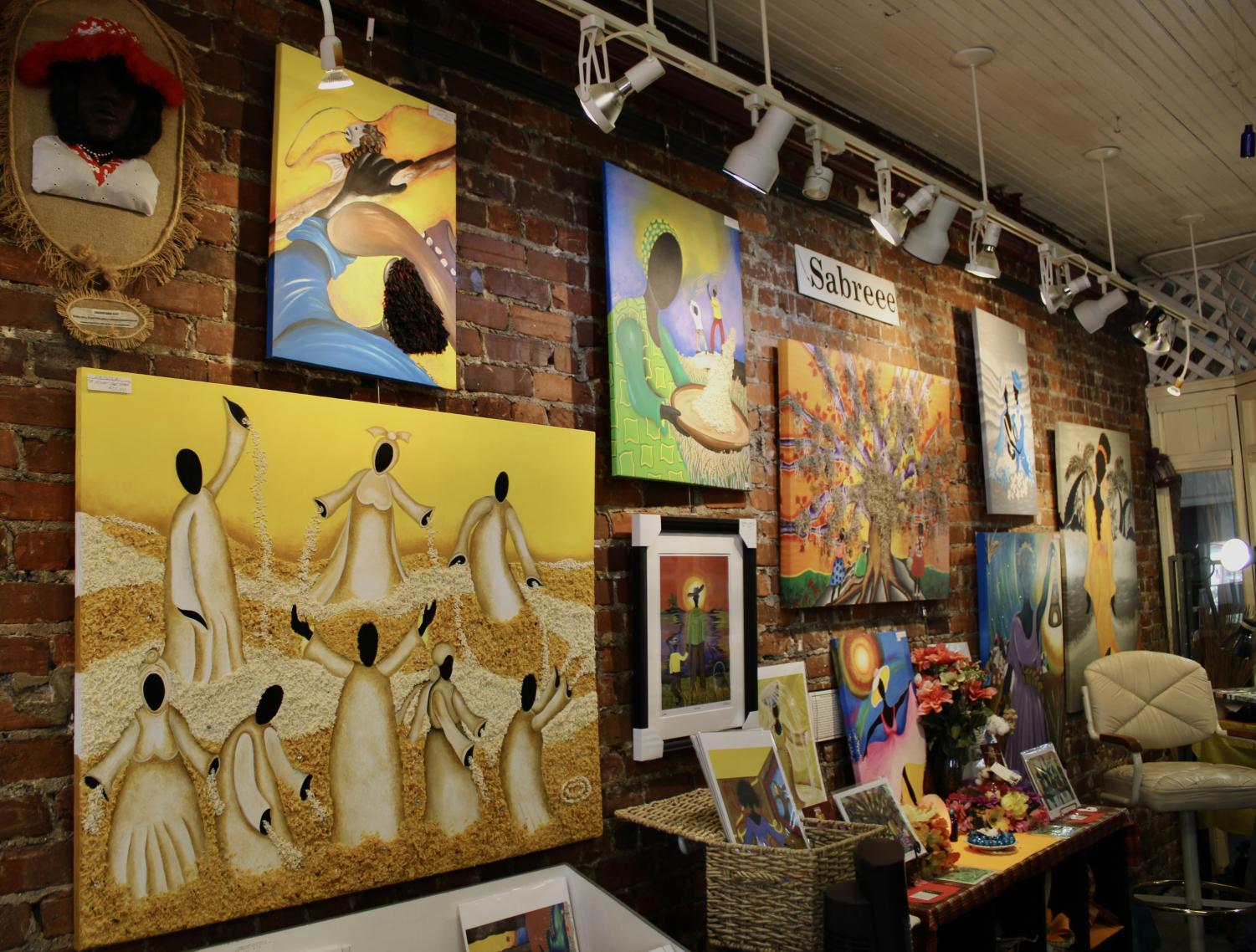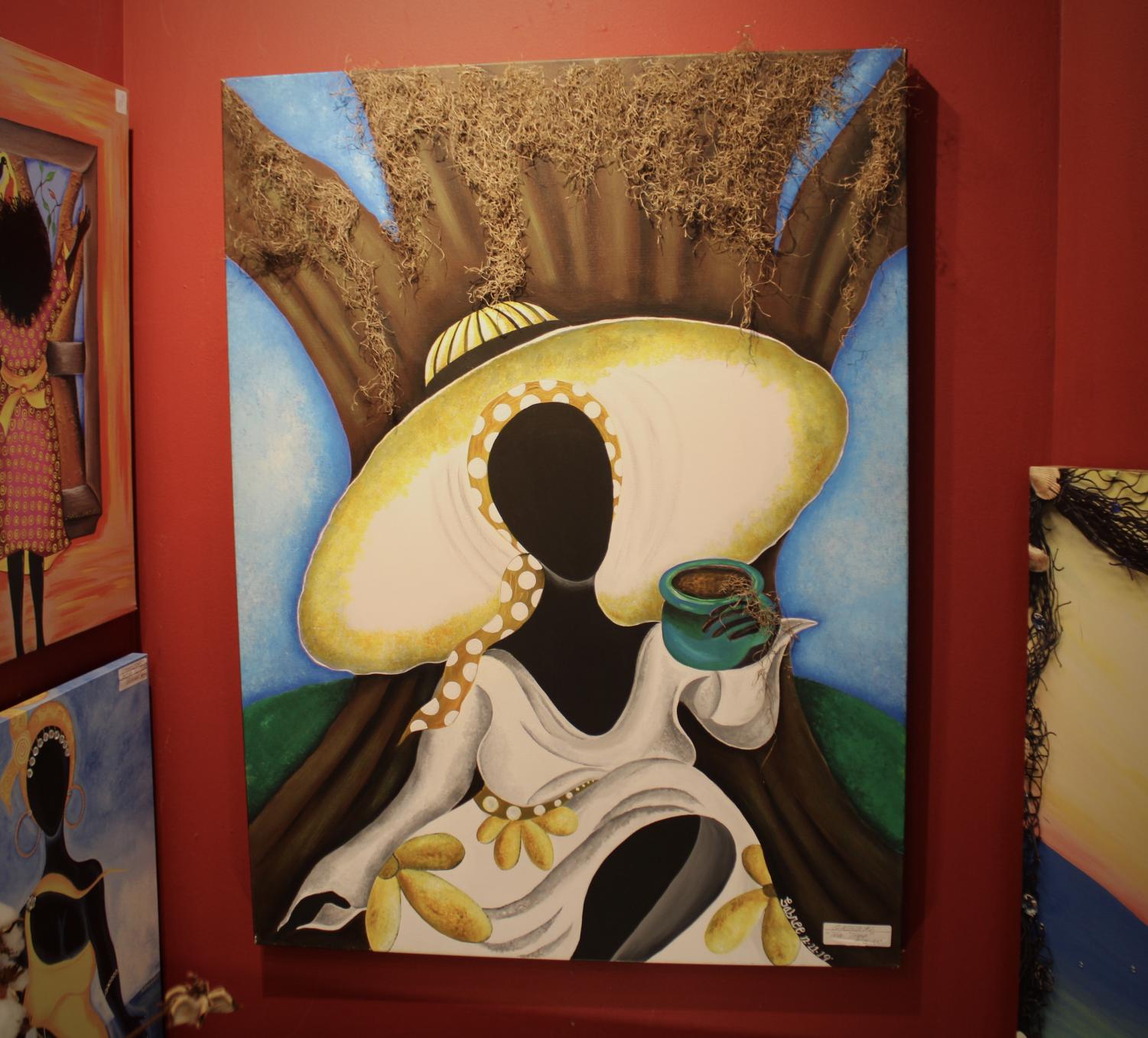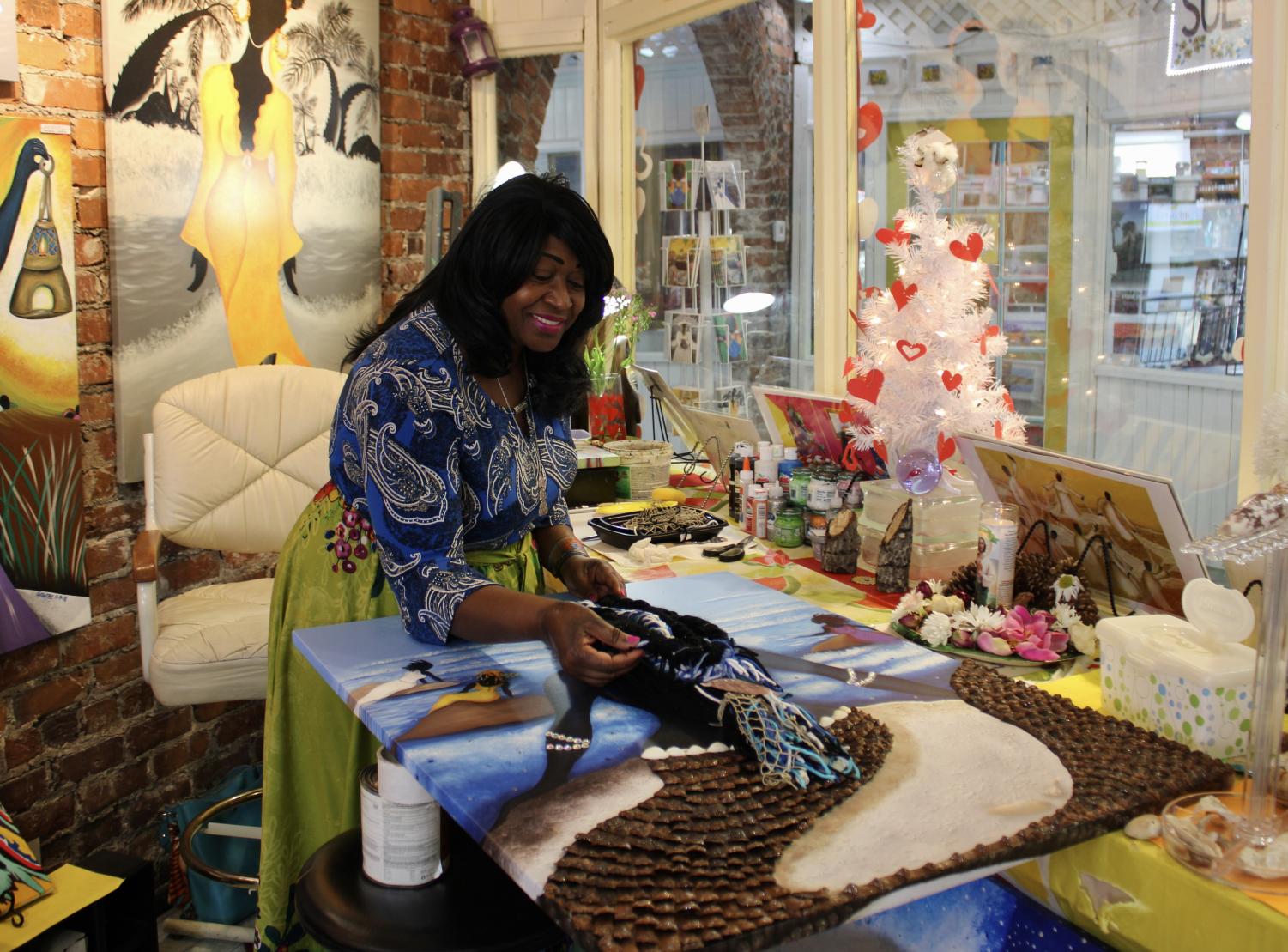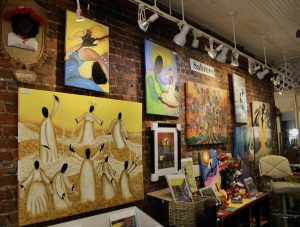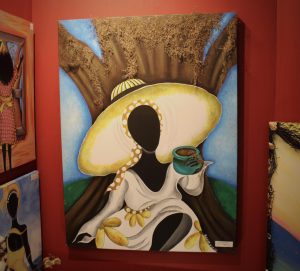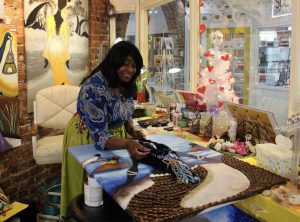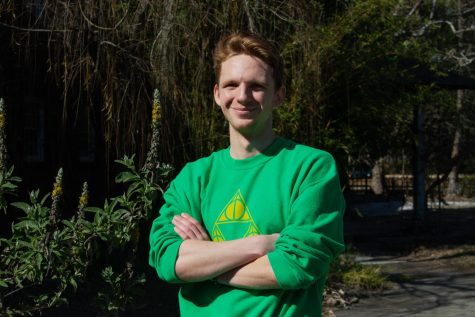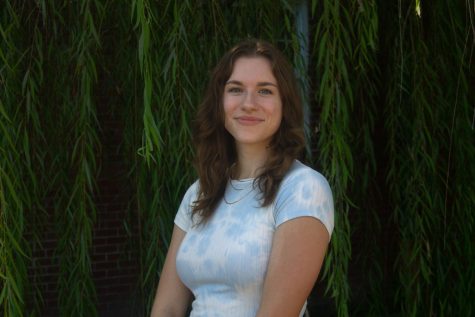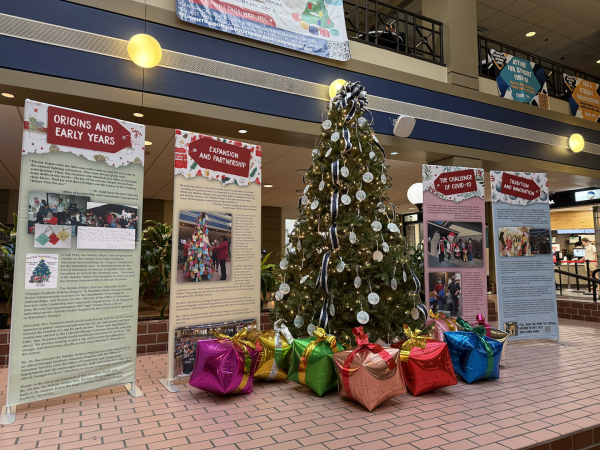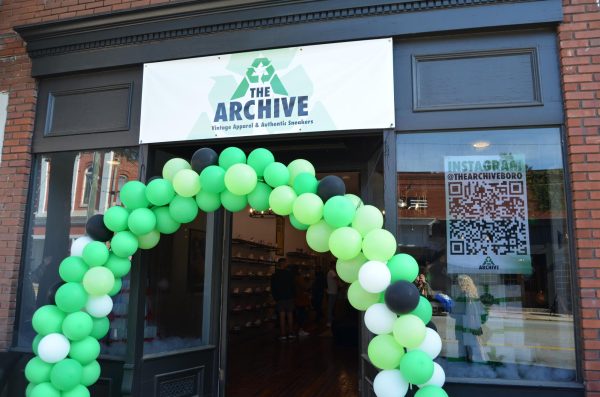Gullah Art with Patricia Sabree
“The early bird catches the worm, and it’s true. It pays off. Even if you don’t see it on that particular day you will see it later down the line,” said Gullah Artist Patrica Sabree
Gullah art is a form of expression and preservation for the thriving Gullah community.
Sabree is a local Gullah artist in Savannah that was born and raised on a farm in the Lowcountry of Lake City, South Carolina. Grapes and strawberries grew wild akin to apples and oranges. Chickens and cows roamed the farm making it possible to skip grocery store trips for poultry.
Sabree utilizes elements from the Lowcountry such as Spanish moss and cotton, to make art and medicine. Using materials from the land gives Sabree an unlimited range of artistic potential. Bunches of balls of cotton create clouds popping out of Sabree’s artwork. Spanish moss for shrubbery and medicinal symbolism in works like ‘Tea Tree’.
‘Tea Tree’ depicts a woman sitting by a tree sipping Spanish moss tea. The woman wears a wide-brim yellow sun hat along with a white dress with yellow flowers scattered at the bottom of the dress. Spanish moss hangs from the top of the tree and out of the mug to symbolize Spanish moss as a medicinal tea.
People with upper respiratory disease will boil Spanish moss into tea for relief. Putting Spanish moss in the souls of your shoes is used to lower blood sugar. It’s a practice many people still do, and it has a key component that is good for glucose levels.
Characters in Gullah art sing and dance with each other. Characters are out boating or walking on the beach. Characters are in churches praying or simply sitting in silence.
Another name for Gullah art is Happy art. The colors in Gullah art encompass the happiness of the Gullah people. Colors like yellow are powerful in Gullah art because of their spiritual effect on the viewer.
Sabree spoke of yellow as a highly spiritual color. Yellow is the softest shade of gold, high in the spiritual world for prosperity and abundance. Bringing about manifestation to the viewer.
Characters in Gullah art do not have facial features. Gullah people are very spiritual. Backs turned, and featureless faces in paintings symbolize the protection Gullah people have over the eyes.
The eyes are the window to the soul. It is a sacred window that must be cautiously opened in Gullah Culture. Sabree noted there is a risk of bringing forth an unwanted spirit when the eyes are open.
Sabree compared the eyes to “a knock at the door and you don’t have a peephole. You’re thinking ‘should I open that door? I don’t know what’s on the other side.’ You open that door and then it’s not what you think or want it to be. So you have to use caution.”
Food and art go hand in hand. Food is medicine. Food is life. Food is what brings families together. Sitting at the breakfast table and dinner table, hashing out the day is important to Gullah families. Food and art connection is evident in paintings where characters are seen fishing or in pieces like ‘A River That Grows’ that Sabree created with rice.
Knowing who you are and where you come from is essential to Sabree’s legacy. Sabree is passing down her knowledge to her daughter Ocean. Hoping she will spread information to future leaves on the family tree and preserve their Gullah heritage.
Many people think the Gullah culture is dying. However, Sabree added that the Gullah culture is thriving.
Sabree’s Gullah art Gallery is based in Savannah City Market at 309 W St. Julian St.


